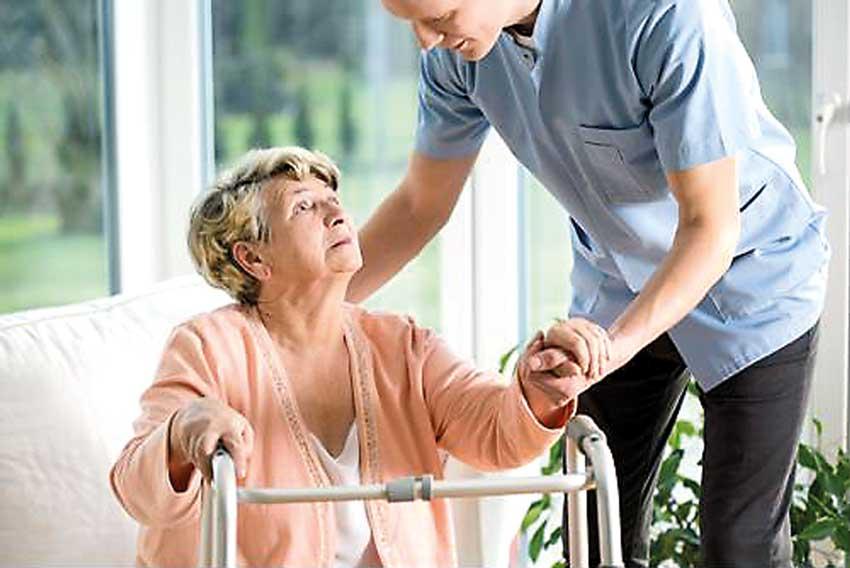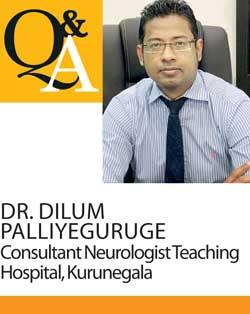25 Sep 2020 - {{hitsCtrl.values.hits}}

 Having read several write-ups on pandemics, during the past couple of months, we now know what exactly the term ‘pandemic’ means and how debilitating it can be! While deviating a bit away from COVID-19, having dealt with it successfully, let’s get our eyes on an age-related neurological condition which has the potential of becoming a pandemic within the next few years, affecting us more than ever before. This will set the stage for an unprecedented medical challenge.
Having read several write-ups on pandemics, during the past couple of months, we now know what exactly the term ‘pandemic’ means and how debilitating it can be! While deviating a bit away from COVID-19, having dealt with it successfully, let’s get our eyes on an age-related neurological condition which has the potential of becoming a pandemic within the next few years, affecting us more than ever before. This will set the stage for an unprecedented medical challenge.

“Parkinson’s, which is known to have affected more than 10 million people worldwide is a progressive neurodegenerative disorder characterised by trembling extremities, impeded mobility, rigidity and mood disturbances which are linked with the loss of dopamine-producing tissues inside one of the brain’s control centres; basal ganglia. Although the Parkinson’s disease doesn’t have a clear-cut etiology, genes, environmental factors and certain substances like lewy bodies and alpha-synuclein inside lewy bodies in brain are known to be playing a major role in its pathology” explains Dr. Dilum Palliyeguruge (MBBS, MD, MRCP( UK), MRCP Neuro-UK) and functions as a Consultant Neurologist at the Teaching Hospital in Kurunegala.
Risk factors
The presentation
“Individuals who develop premotor symptoms like REM sleep disorder, anosmia and restless leg syndrome are at an increased risk of getting PD in years to come.
Symptoms may begin with a barely noticeable tremor in one hand (unilateral) associated with slowing of movements and stiffness which gradually worsen over time and affect other side of the body. There will be characterised rubbing of thumb and forefinger back and forth called ‘pin-rolling tremor’ and trembling of hands at rest”
Diagnosis, treatment modalities
“According Dr. Palliyeguruge the Parkinson’s disease is a clinical diagnosis which is made by analysing one’s history and carrying out a thorough neurological examination. However, Specific single-photon emission computerised tomography (SPECT) scan called ‘dopamine transporter scan’(DaTscan) is used to confirm PD in other parts of the world even though it is not available in Sri Lanka.
Living with Parkinson’s disease
PD is not curable, but early diagnosis and prompt initiation of treatment with a multidisciplinary approach and regular follow-ups are key features of managing the condition and slowing down the progression of the disease.
Levodopa remains the single most effective therapy for Parkinson’s disease up to date and properly titrated doses synergized with Entercapone for prolonged action is helpful in keeping initial symptoms including tremors and slowed movements under control.
“In addition to these, I have come across various adverse-effects in patients, on long-term treatment for PD, like the over-dose of Levodopa, causing postural imbalance and dyskinesia, inappropriate and impulsive acts including gambling and inappropriate sexual acts due Dopamine-agonists. So what matters the most is to be aware of this condition and what it brings to the table hence the care-takers will know when to seek medical advice in order to keep the lives of the affected individuals as comfortable as possible” concluded Dr. Palliyeguruge.
21 Dec 2024 3 hours ago
21 Dec 2024 4 hours ago
21 Dec 2024 7 hours ago
21 Dec 2024 7 hours ago
21 Dec 2024 8 hours ago